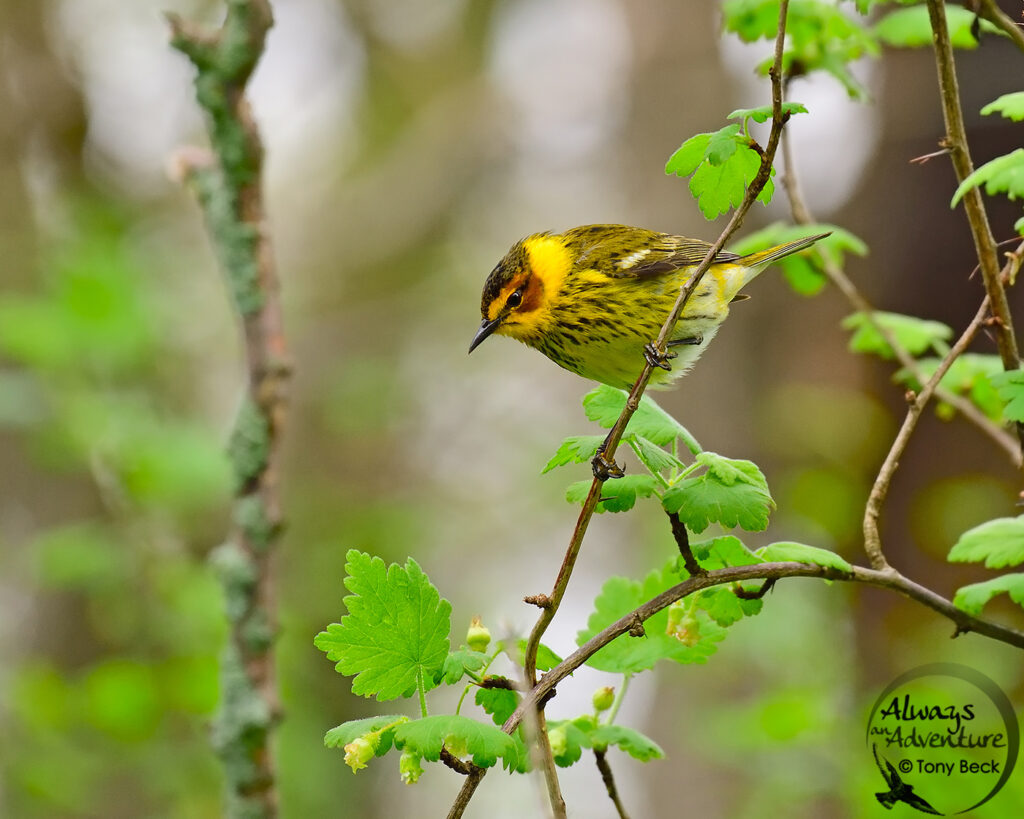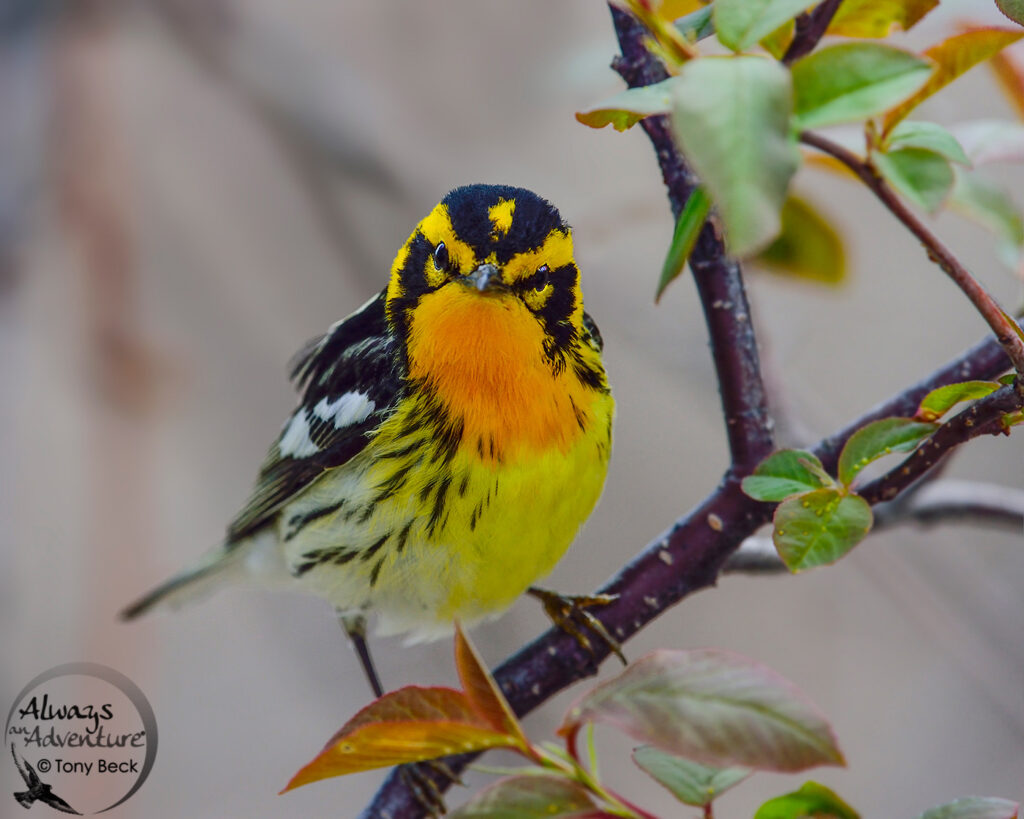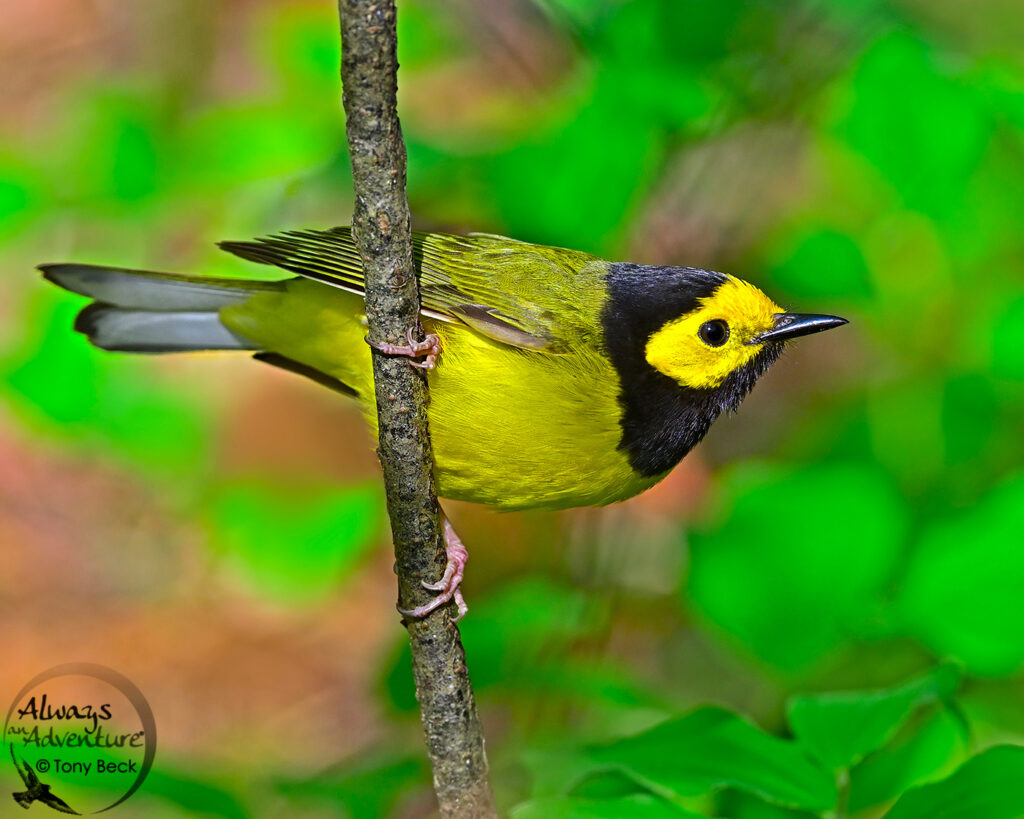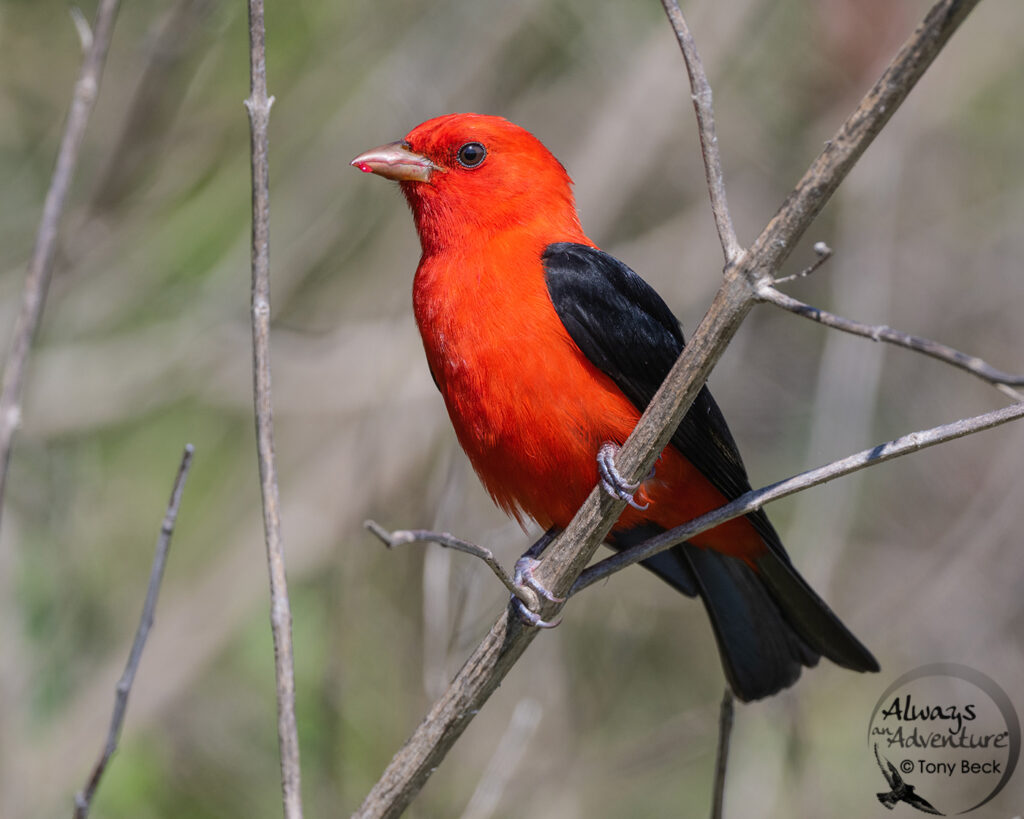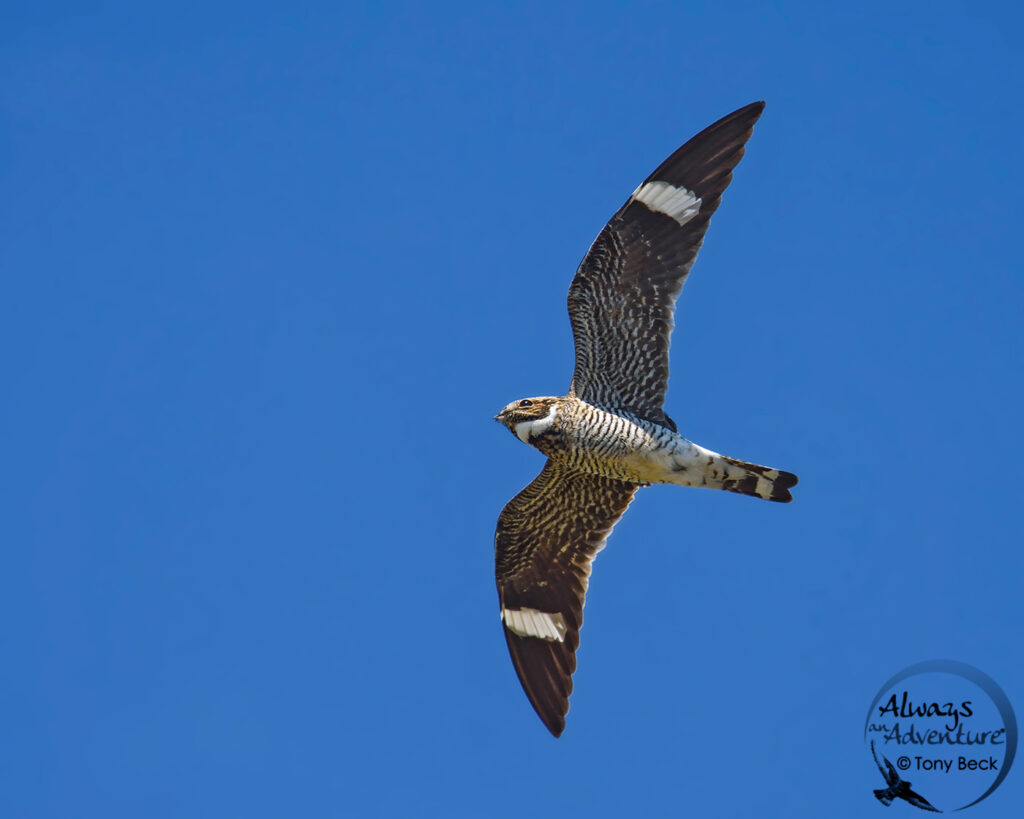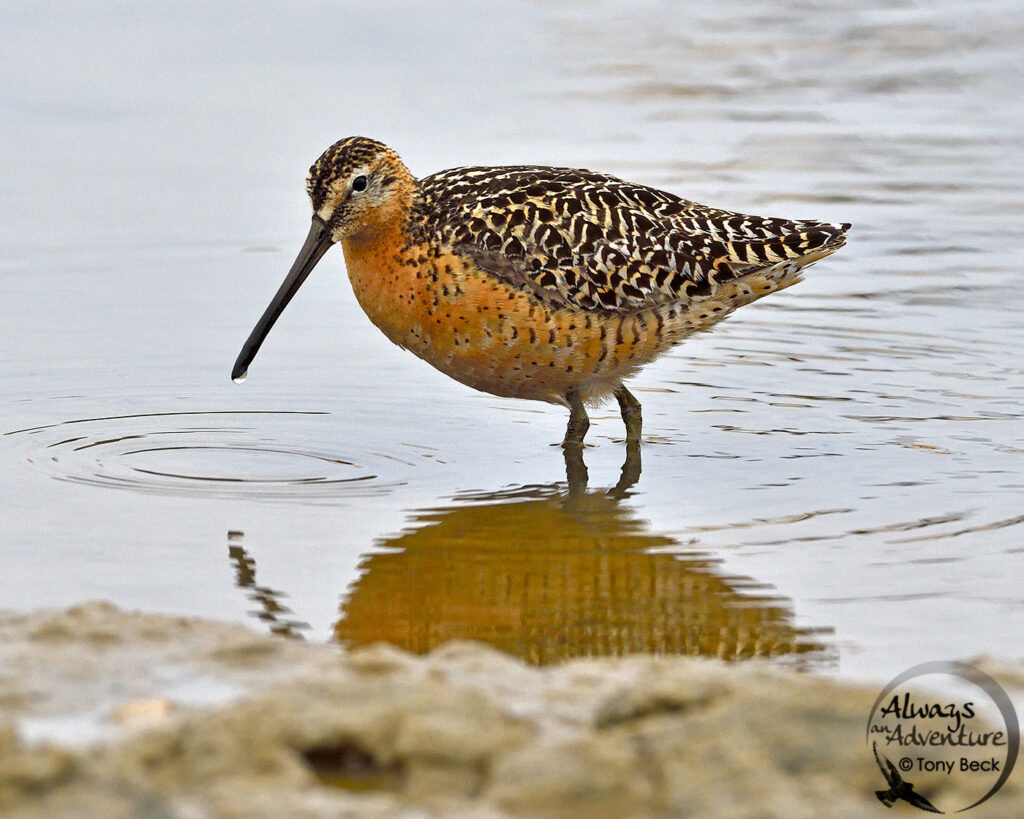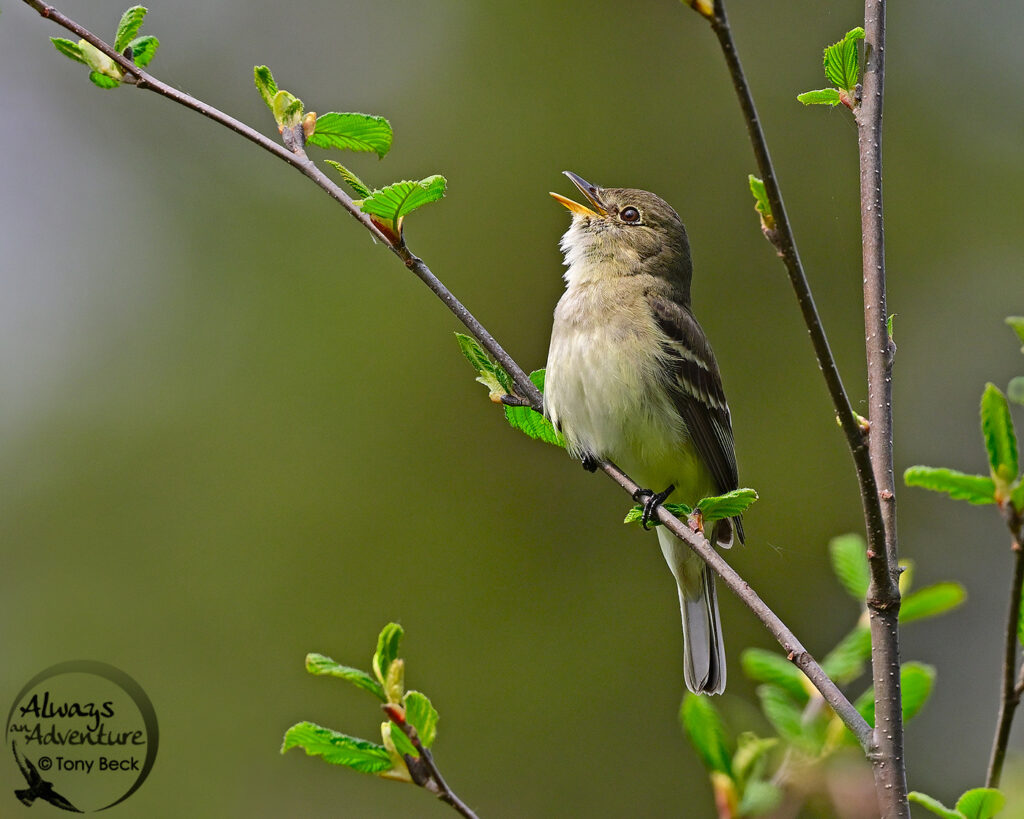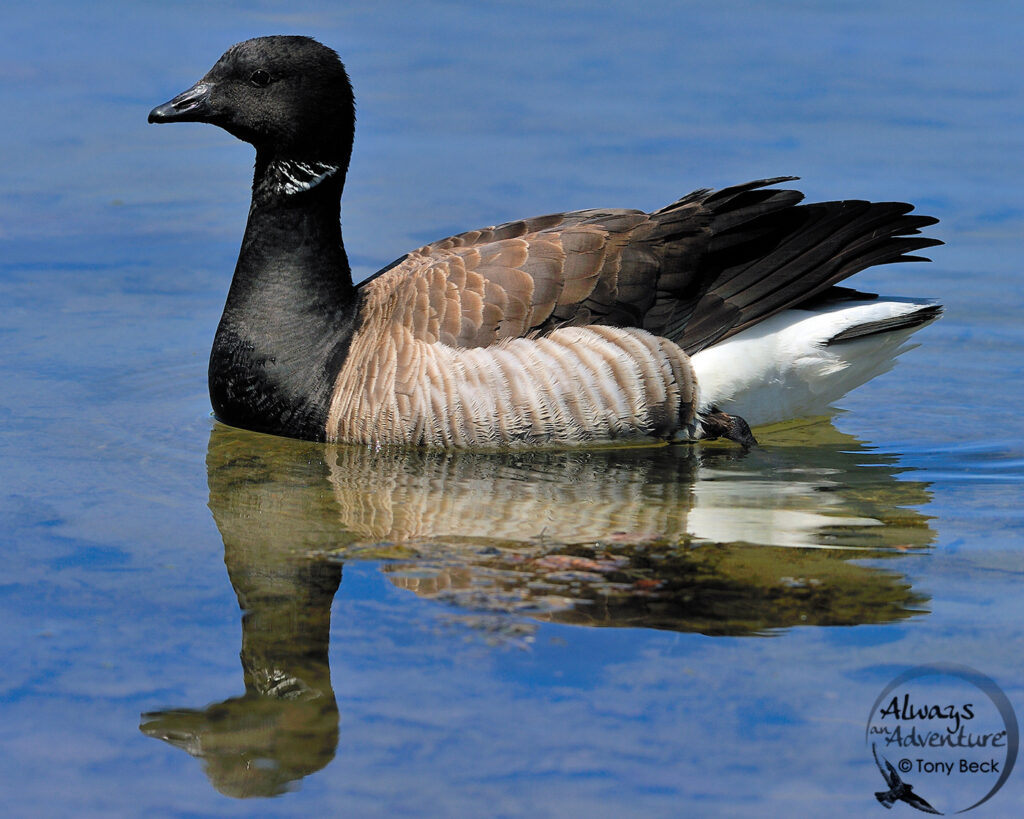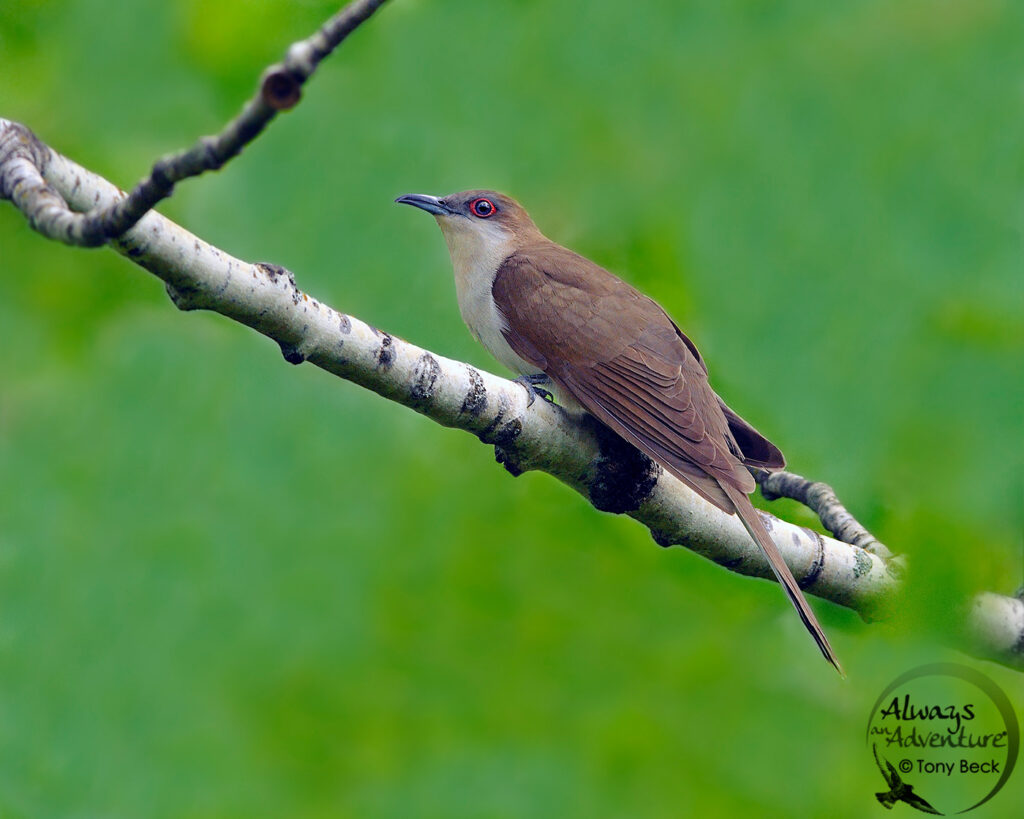Breeding male Cape May Warbler – Point Pelee, Ontario
The peak of spring migration occurs during the month of May. That’s when birdwatchers and photographers visit migratory hotspots like Point Pelee National Park, on the north shore of Lake Erie. If conditions are good, many colourful warblers like this male Cape May Warbler rest before continuing to their breeding grounds.
The arrival of spring has always been my favourite time of year. Although winter has its charm, I can never get used to long, cold nights, dangerous roads and lifeless environments. Thankfully, as spring progresses, the days become more comfortable and local habitats erupt with abundant life. Bird migration is one of the easiest ways to recognize the coming of spring. By the end of April, most of the hardiest birds have already returned home to breed. However, during early May, many long-distance migrants are still enroute to northern habitats after spending winter in tropical regions.
Adult male Blackburnian Warbler – Point Pelee, Ontario
Nicknamed the “Firethroat”, this spectacular adult male Blackburnian Warbler is another northern breeder that migrates through various woodland habitats of Southeastern Canada during the month of May.
This “second wave” of migrants consists of fair-weather species that feed primarily on insects. This includes various species of tanagers, wood-warblers, flycatchers, cuckoos and nightjars. Other late arrivals include shorebirds like Dunlin, Red Knot, Semipalmated Sandpiper and American Golden Plover. The very last of these migrants typically breed in boreal forests and tundra of Canada’s most northern regions.
Adult male Hooded Warbler – Point Pelee, Ontario
Some late Spring arrivals don’t migrate any further than the southern most regions of Canada. This handsome male Hooded Warbler breeds in extreme Southern Ontario. However, they occasionally overshoot and show up north of their normal range.
As far as the birds are concerned, by mid-June, spring is done, and migration is over. For about two week or so, it’s very difficult to find birds in transit. This is the time when local habitats flourish with nesting activities and fledged young. However, by Canada Day (July 1), we can expect the first birds returning south. These are considered early fall migrants. They’re normally unsuccessful northern breeders taking their time returning to their wintering grounds.
Breeding male Scarlet Tanager – Dauphin Island, Alabama
The second wave of spring migrants show up earlier in migratory hotspots south of Canada. Throughout April, birds like this brilliant Scarlet Tanager migrate over the Gulf of Mexico appearing in large numbers at migratory hotspots along the coast of the Southeastern states. They slowly work their way north arriving in Canada in May.
Adult Common Nighthawk – Kindersley, Saskatchewan
A voracious bug eater, Common Nighthawks rely on warm temperatures for hunting flying insects. They normally arrive in May when there’s lots of food for them actively flying around at dusk. Sadly, like many long-distance migrants, their numbers have decreased over the last few decades.
Breeding adult Short-billed Dowitcher – Churchill, Manitoba
Shorebirds like this Short-billed Dowitcher, migrate late in spring arriving on their breeding grounds in May or June. During migration, they can show up at lagoons, wet farm fields, mudflats or various shorelines.
Adult Alder Flycatcher – Algonquin Park, Ontario
As their name suggests, Flycatchers mainly eat insects. They are amongst the last birds to arrive here in late spring. Once they arrive, they quickly establish breeding territories with their simple songs. This Alder Flycatcher was very vocal and unwary while trying to attract a mate.
Adult American Brant – Ottawa, Ontario
Although most ducks, geese and swans migrate early in spring, the ones that nest in the high-Arctic usually pass through southern Canada late in the season. Some geese, like this American Brant, fly over mainland from the Atlantic to Hudson Bay. Some will make it as far north as Ellesmere Island.
Adult Black-billed Cuckoo – Bruce Peninsula, Ontario
Typically shy and secretive, Black-billed Cuckoos rely on insects for nutrition. Since they specialize as caterpillar hunters, they require warm summer-like temperatures for survival.
All Images © Tony Beck 2023
ABOUT THE AUTHOR
Tony Beck is an award-winning, Nikon Ambassador, Vortex Ambassador, and freelance photographer based in Ottawa.
He teaches birdwatching and nature photography courses.
Follow Tony’s adventures at www.AlwaysAnAdventure.ca



